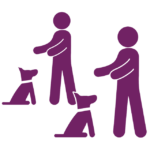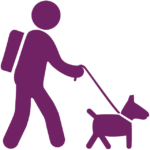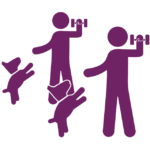PRIVATE DOG
TRAINING
Address Unwanted Ones
This is why Feet & Paws is happy to announce the launching
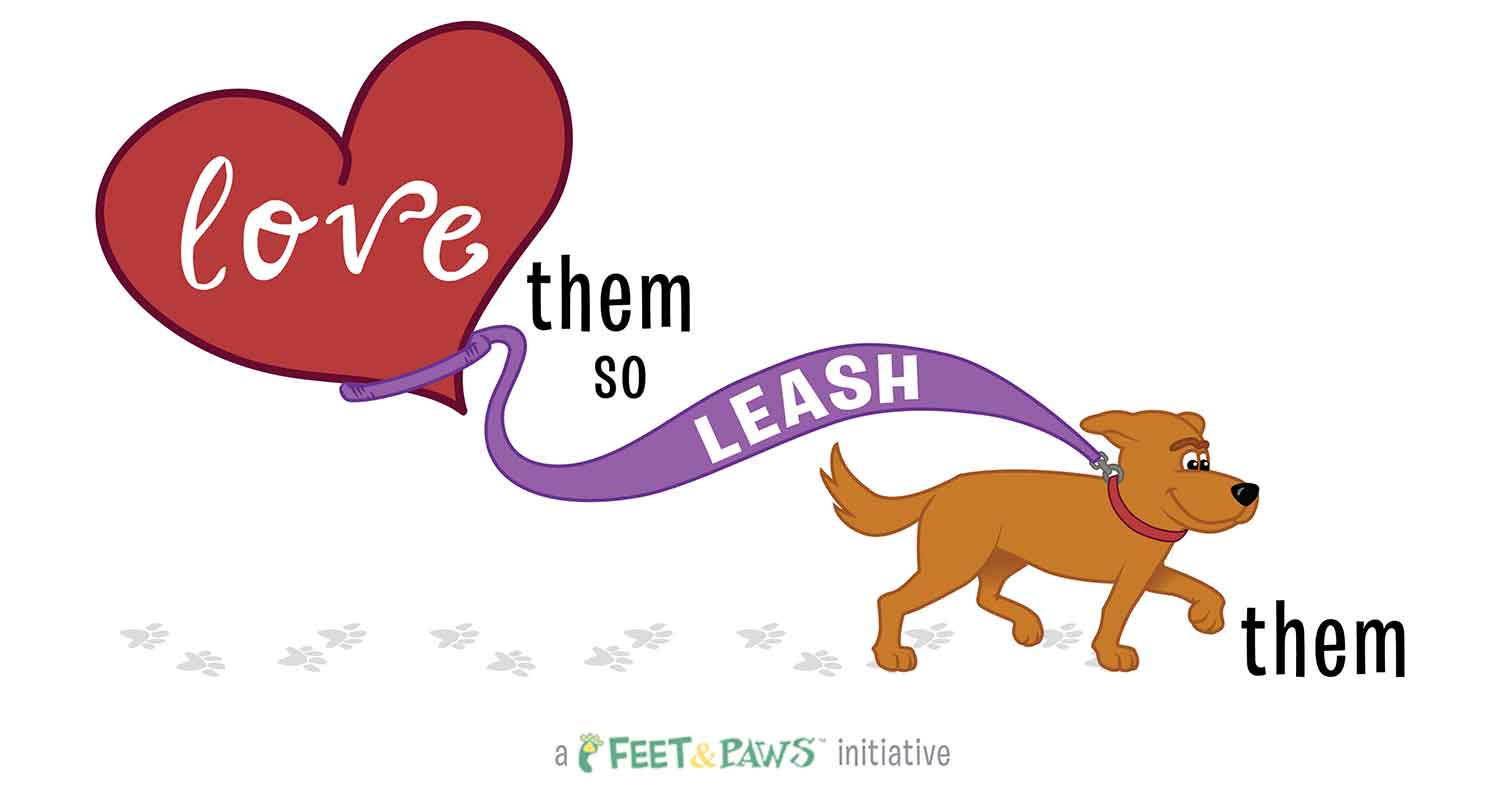
Help save lives by encouraging the use and sharing the importance of walking dogs on leash (and holding on to it) with dog owners.
Educate dog owners on how to properly hold a leash, fit a collar, and attain good walking manners from their dog, like loose leash walking and heel.
Provide a polite avenue for dog on leash supporters to share the importance of using a leash with off leash dog walking neighbors, friends, and family*.
*I know from personal experience that this educational avenue has helped me start constructive conversations instead of heated discussions that leave both parties frustrated.
If it is a matter of giving your dog freedom, I feel that training is simply being ignored. Most likely, the dog off leash does not know how to loose leash walk or heel, making an on leash walk a miserable experience. After all, isn't it just easier to avoid the pulling and naively think, "Nothing bad will happen to my dog"?
Maybe the owner does not want to limit the dog’s areas of exploration. But what if, across the street, there is the prize that excites your dog? It could be another dog, a cat, or the most tempting of all, a squirrel. As your dog runs carelessly across the street, your neighbor is driving down the street.
The first step to learn how to comfortably walk your dog on leash is learning how to correctly hold onto your dog’s leash while using a properly fitted collar.
Hidden driveways, broken glass or even rusty nails could be ahead. Give yourself the chance to see these dangers and get your dog out of harms way. A standard 6 ft. nylon or leather leash is best. A retractable leash is better than not using a leash at all...but not by much.
Dogs thrive on structure. Using a leash helps provide this while also strengthening your bond. Love, respect & patience travels back and forth, end to end
Who’s walking who? Invest in your dog and take the time to teach them loose-leash walking. They can still explore at the length of the leash but without pulling you. Worried about the collar around their neck? Try a harness.
Not all injuries and ailments require a cast. A dog might be out getting fresh air with its owner while recovering from an infection or spreading her aging limbs, and not up for playtime with your pup.
Fear leads to irrational behavior. A fearful dog can hurt your advancing dog in self-defense. Think of a bee who protects itself by stinging you.
There is no doubt your dog loves you..but (s)he really wants to chase that squirrel (or cat) across the street, around the corner, out of sight and into harms way (impounded at shelter,dog-napped, reason #1, etc).
Your dog could be well into a grassy snack before you are there to see a mulch/fertilizer treatment sign. Most have poisonous insecticides that could cause a fatal infection.
You're dog might be friendly but that doesn't mean all other dogs are and that those dogs wouldn't' start a fight with your dog out of feeling protective, possessive, territorial or predatorial. So, just because your sweet, unleashed dog wants to say, "Hi", to everyone, be their advocate and a good dog owner by always keeping your dog on leash. After all, it only takes one bad encounter for you and your dog to get hurt, perhaps even fatally.
They are NOT looking for your dog. Your dog is NOT looking for them (see #4). Keep your dog close, leashed and lit (at night) and not one of the estimated 1 Million dogs hit each year*.
*Data on this subject is not regularly collected. Information is taken from a study done by 25 New England schools and extrapolated (http://www.thepetstech.com).
I’d love to help. Reach out to schedule your complimentary phone consultation so I can learn a bit more about you, your dog, and your training goals.
Eugene, Oregon & Online
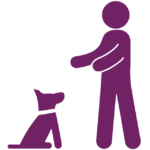

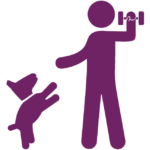

Eugene, Oregon
